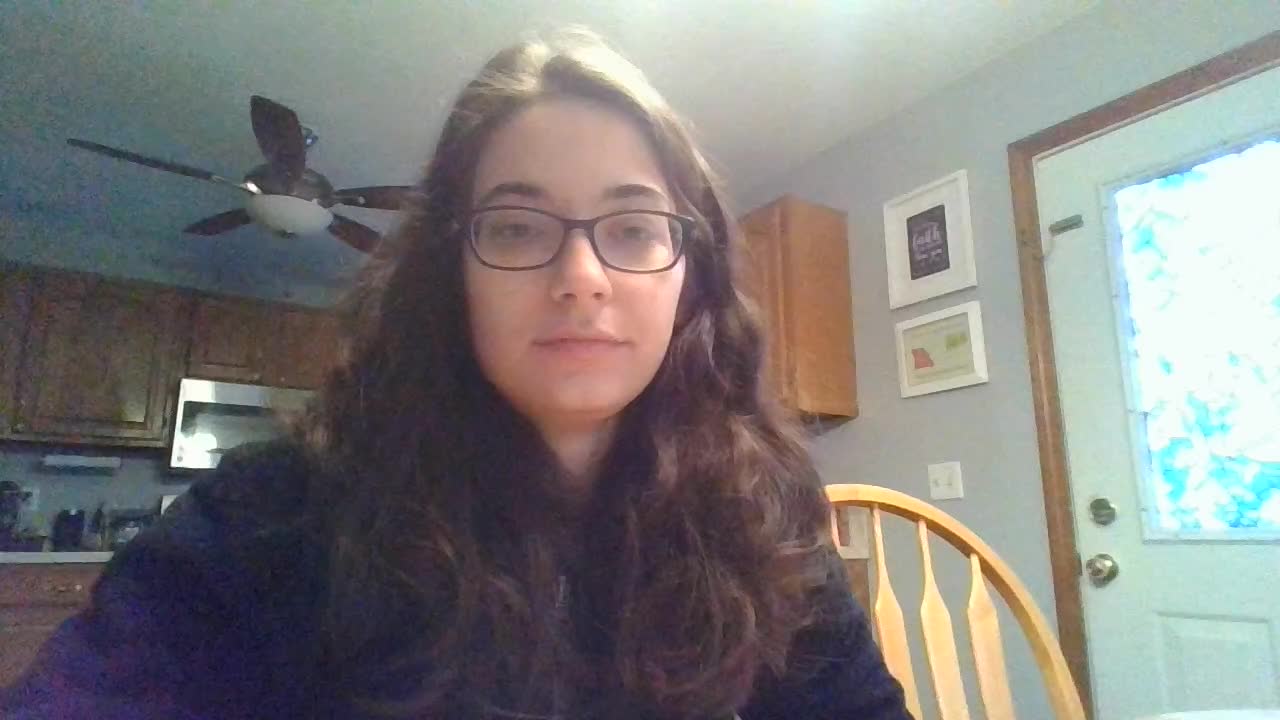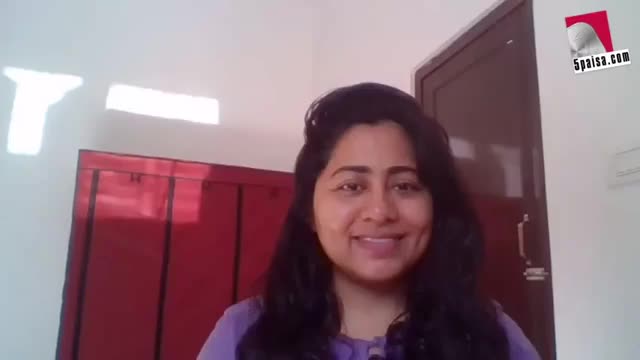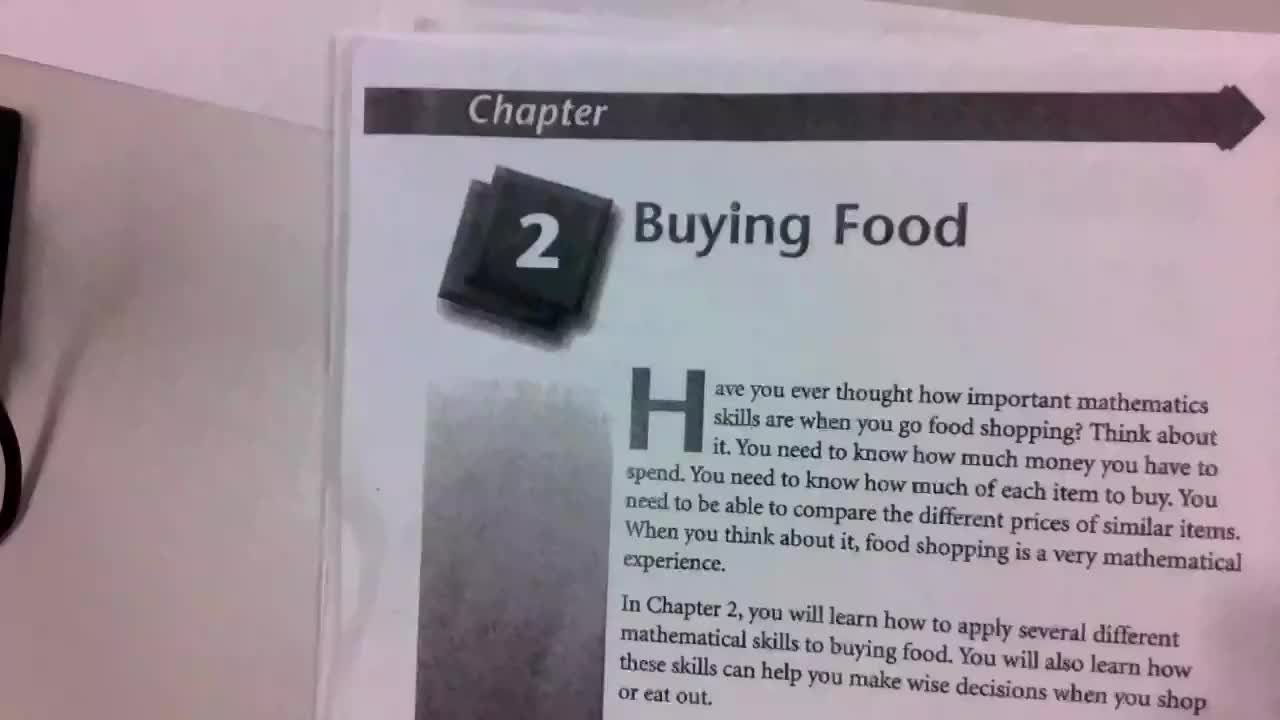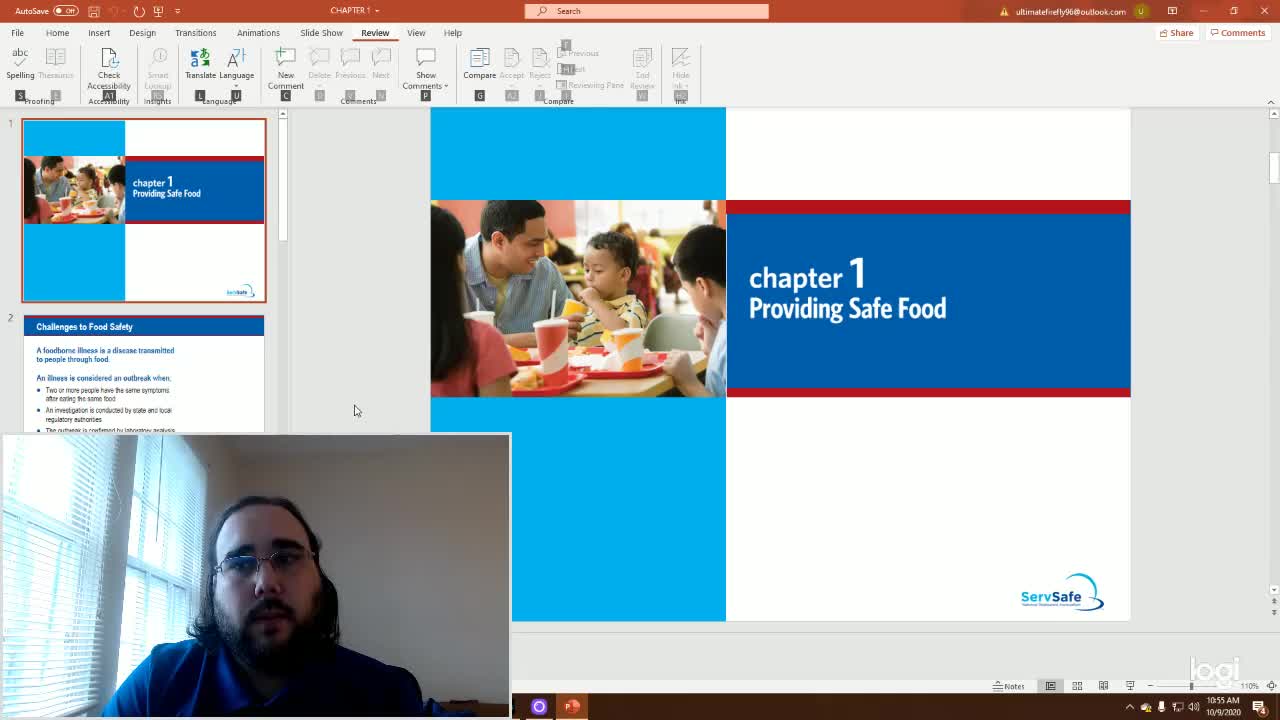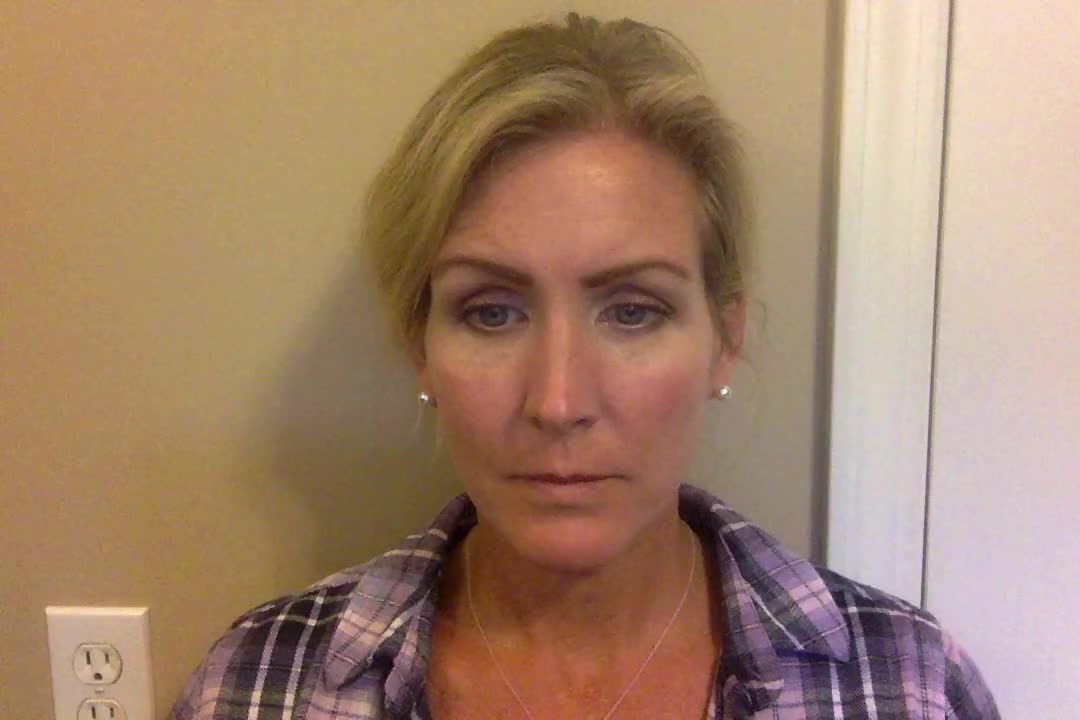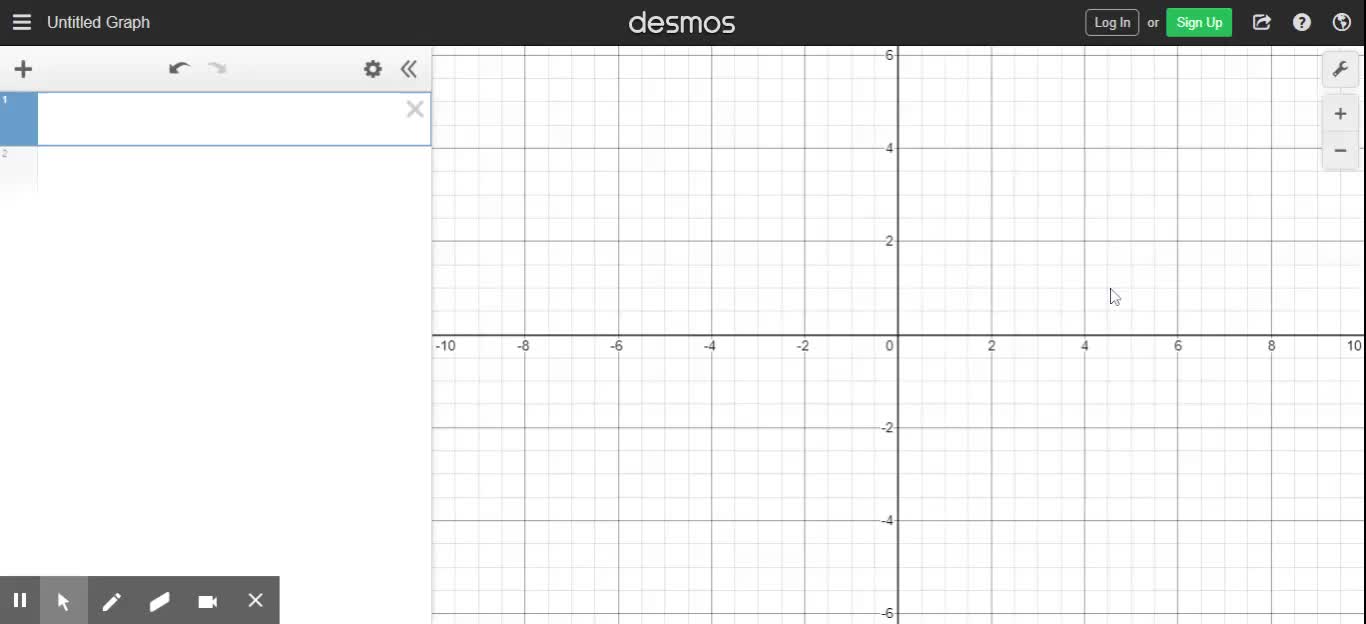Feminist Criticism
High School / Home Economics / Cooking
According to feminist criticism, when you analyse a text, the place where you will find its meaning is in the text itself, and occasionally in the mind and world of the author, but not usually in the mind and world of the reader. It relates to context and language, with some occasional reference to purpose. The meaning of a text can be found by looking for tensions between not only males and females in the text, but also between male and female figures and symbols in the text. How are males and females portrayed in the text? Do the males dominate over the females? Or are the females seen as controlling and domineering? Do males appear to be stupid and incompetent? Or are females expected to stay at home all day, cooking and cleaning while their men do the “important” work? One test that feminists use to evaluate a text is called the Bechdel Test, which asks three simple questions: are there at least two named female characters in the text? Do these girls or women talk to each other in the narrative? And do they talk to each other about something other than a boy or a man? If you answer no to any of these three questions, then a feminist would say that the text fails at a fundamental level to fairly represent women. Similarly to how male and female characters are represented, how are masculine and feminine symbols portrayed in the text? Generally, anything that is a bowl or a vessel of something like that is seen as a feminine object, and “pointy” things like keys or towers, or pens or pencils are seen as masculine objects. Because all writing implements, such as pens and pencils, are seen as masculine objects, feminists get the idea that men try to “control” writing and tell them what to think and what to believe in society in general. When things are described in detail, hard lines, pointy corners and dark colours are generally associated with masculinity, while soft lines, gentle edges and light colours are generally associated with femininity. A feminist will ask whether or not these kinds of images are fair to use, and whether the text seems to be favouring one over the other. If you want to read a text like a feminist, look for how men and women are treated in the text, as well as how masculine and feminine objects and imagery are portrayed.


